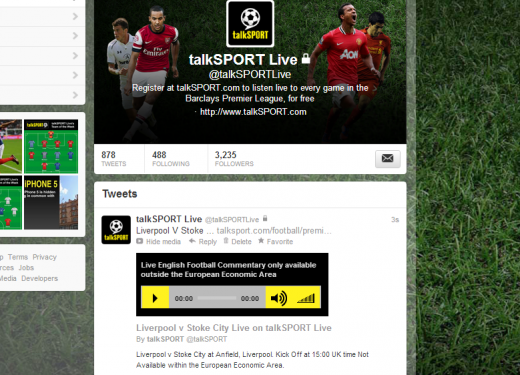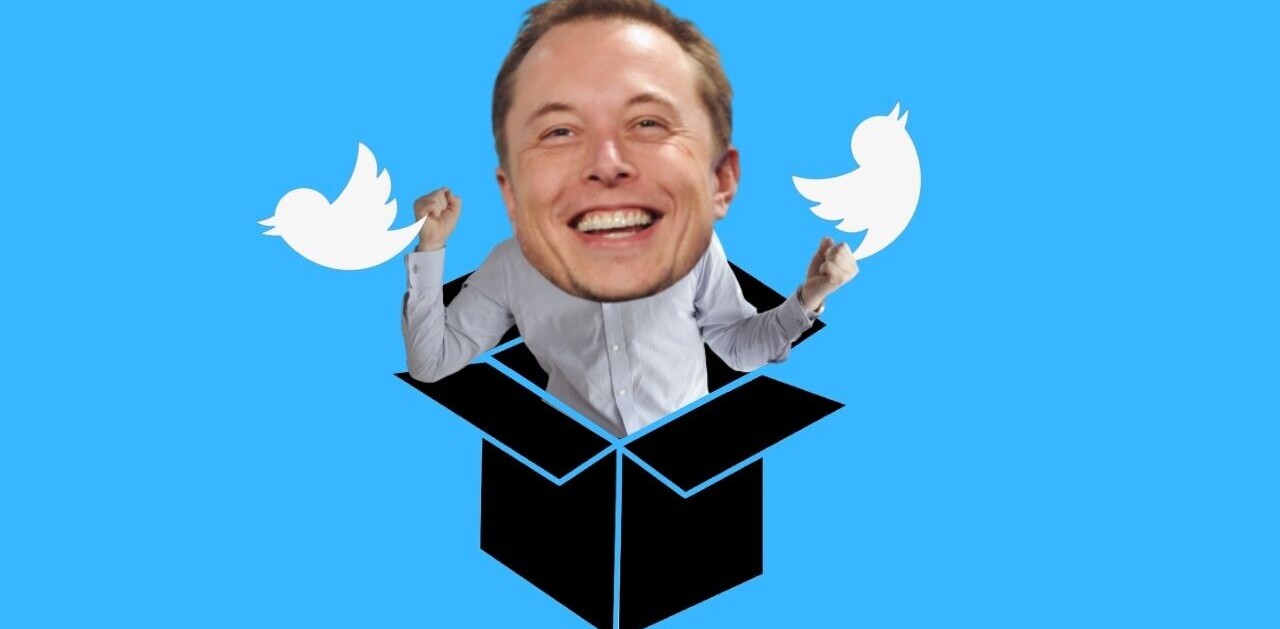
In a week that saw Twitter grab the NFL as its latest big-brand ad partner, we take a quick look back at Twitter’s rise to broadcasting titan as it prepares to IPO.
“Just setting up my twttr”, wrote Twitter co-founder Jack Dorsey, in what was the microblogging platform’s inaugural public tweet.
The day was 21 March, 2006, and little did Dorsey, Glass, Williams, and Stone know just what a global phenomenon Twitter would become. Or, indeed, just how significant those first five words would prove to be.
just setting up my twttr
— Jack Dorsey (@jack) March 21, 2006
Twitter has evolved a great deal in those intermittent seven-plus years. What began as a simple 140-character messaging platform grew arms and legs, with a community of fervent users essentially guiding its future development.
Community-driven growth
‘Retweeting’ was born around 2008 when users started prefixing tweets with ‘RT’ when they wished to share a message with their own followers, with Twitter embracing this action with an official Retweet button a year later. A similar story lies behind hashtagging, with users adopting this protocol to highlight keywords they wished to be searchable at a later point.
Today, Twitter has north of 200 million active users, and it’s already proven that it’s way more than a simple app to tell the world what you’re having for breakfast. It’s been instrumental in political uprisings, it’s been educational and enlightening, used for spontaneous acts of citizen journalism, while others use it for the most bizarre of activities.
Hindsight’s a wonderful thing, but looking back over the years, it’s clear that Twitter got one basic thing right from the start: it focused on growth and product over monetization. This was despite growing concerns and criticisms that the company wasn’t sustainable and wouldn’t make money.
“If we spent time monetizing early on, it would have meant we weren’t doing other things that made the product better for users,” explained Evan Williams, Twitter’s then chief executive, in a 2008 interview with the New York Times.
Twitter wasn’t the first company to do this however. Williams also helped found Pyra Labs, an early blogging service that grew quickly, but failed to make money before selling to Google in 2003. Williams has previously compared Twitter’s early strategy with that of Google, given that it began as a simple search engine with next to no revenue streams.
“It was the classic story of not worrying about monetization yet and getting their product right,” he said in the interview.
The road to viewing
Today, it’s a different story. Twitter has garnered more than $1 billion in funding, and made in excess of $600 million in acquisitions. It’s a tech titan that had to start bringing in the dollars, which it duly started doing with the launch of Promoted Tweets in April 2010. Now, there is a whole suite of marketing products for businesses looking to make money from 140 characters.
But perhaps the most significant shift has been its move into broadcasting. Earlier this week, news emerged that the US National Football League (NFL) was partnering with Twitter to bring video highlights directly to the platform, viewable on PCs and mobile devices.
Starting from this week, Twitter users are able to access a packaged, NFL programming schedule directly on Twitter, seven days a week. This includes in-game highlights from NFL Network’s Thursday Night Football, as well as clips from other games. The footage also extends into news, analysis, and fantasy football. This is extensive stuff we’re talking here.
This deal constitutes part of Twitter’s Amplify Program, which launched back in May with more than a dozen partners, including Bloomberg, Major League Baseball, Time, VEVO and Warner Music. The plan? To create ‘social TV’ via in-tweet clips. It later inked deals in Europe too, kicking off with French TV channel TF1. Each video clip is preceded by a short ad, and the revenues generated by these short ads are split between Twitter and the broadcaster – simple.
It’s been a long evolutionary road for Twitter, as its tried and tested different broadcasting mechanisms en-route to Amplify. While YouTube videos have been embeddable in Tweets for a while, Twitter has already partnered with ESPN and Ford Fusion to bring American football fans instant replays, accessible from within a tweet during college football games. It later teamed with Turner Sports, the NCAA , AT&T and Coke Zero to offer the same in-tweet video clips, except this time for professional basketball highlights.
Also, last October, it emerged that UK radio broadcaster TalkSport was to stream English Premier League football commentary directly on Twitter outside of Europe, thanks to an embedded radio player.

But the NFL deal earlier this week was perhaps one of Twitter’s biggest scoops to date, given that it already had baseball and basketball in the bag in some capacity and, well, given the sheer popularity of the NFL.
Nielsen reports that the regular 2012 NFL season reached 200 million unique viewers, roughly covering 80% of all TV households and 69% of “potential viewers” in the US. And last fall, NFL games accounted for 31 of the 32 most-watched shows among all TV programming, while an NFL game was the week’s most-watched TV show in all 17 weeks of the 2012 NFL regular season. NFL dominates TV in the US, and with the recent start of the new season, this trend is looking set to continue.
If there was any doubt that Twitter had arrived as a serious player in the TV space, that was blown out the water with the NFL deal, which was the first time the NFL had partnered with any social platform in this way, and is indicative of the power Twitter holds over broadcasters.
In December last year, Twitter and Nielsen launched the Nielsen Twitter TV Rating, which was touted as the first social measurement of TV popularity. And in a separate report just last month, a fresh study from Nielsen suggested that tweets can lead to a “significant increase” in viewership 29 percent of the time. People take to Twitter like moths to moonlight during any big event, and occasions such as the Super Bowl will prove particularly lucrative for Twitter, with ads commanding astronomical figures for the sheer number of eyeballs.
A recent SEC filing from Twitter investor GSV valued the company at nearly $10.5 billion, up from an estimate of roughly $9.8 billion earlier this year. And deals such as this with the NFL can only add value to a company that’s gearing up to go public.
Feature Image Credit – TIMOTHY A. CLARY/AFP/Getty Images
Get the TNW newsletter
Get the most important tech news in your inbox each week.





